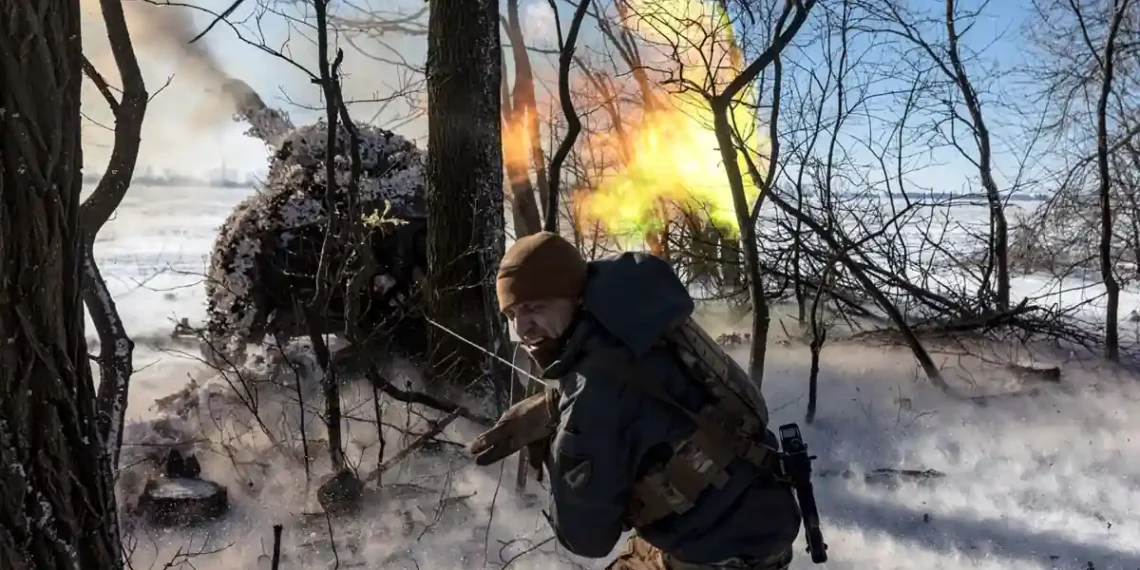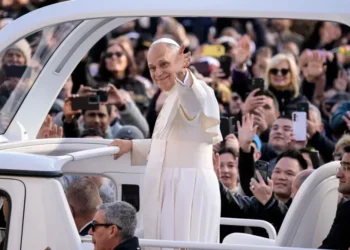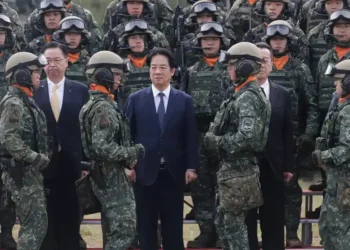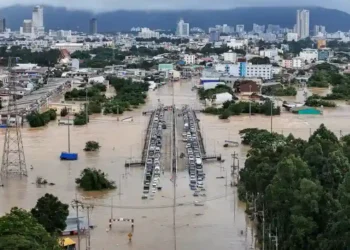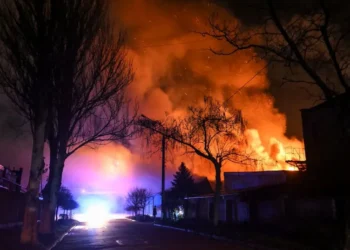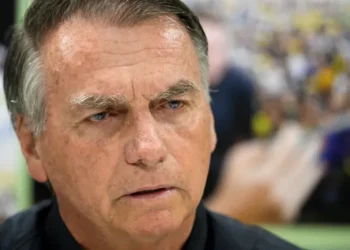Europe’s Closest Ally is in Bed with its Worst Enemy—Now What?
A Shocking Shift in US Policy
The past week has left Europe’s leaders reeling from an unexpected crisis: the abrupt collapse of American support for Ukraine. Many are struggling to comprehend why U.S. President Donald Trump has turned against Ukrainian President Volodymyr Zelensky, echoing Kremlin-style disinformation with alarming intensity.
European officials, sidelined from recent Russia-U.S. talks, remain in the dark about Washington’s next moves. They don’t know when, or if, the U.S. will present Kyiv with a proposed peace deal—or worse, abandon Ukraine entirely. The uncertainty has thrown Europe into a state of shock.
“The way in which this was delivered—blow after blow within days—was a real shock for the continent,” said Armida van Rij, a senior research fellow at Chatham House.
Scrambling for a Response
In the wake of this geopolitical earthquake, European politicians are scrambling to formulate a response. A crisis summit in Paris sparked bold but uncoordinated proposals: increased defense spending, a peacekeeping force, and additional military aid. However, these efforts lack cohesion.
While Europe struggles for direction, a striking contrast has emerged: the U.S. and Russia, once bitter rivals, now appear disturbingly aligned, dismissing Ukraine’s demands and negotiating over its future with little European input.
Some experts believe that a strong leader could unite Europe and bridge the growing divide between Kyiv and Washington. British Prime Minister Keir Starmer and French President Emmanuel Macron have emerged as potential figureheads. Both are set to visit Washington next week, their trips now carrying immense significance.
Yet, Europe is historically divided on defense, and its leaders are preoccupied with domestic crises. There is also the delicate question of how—or even if—to challenge Trump. Any misstep could risk further alienation, playing directly into Moscow’s hands.
A Staggering Betrayal
While European leaders expected Trump to be less committed to Ukraine than the Biden administration, they were unprepared for such a swift and total reversal.
The sight of a U.S. president blaming an ally for its own invasion sent shockwaves across the continent. The response from European leaders was unified condemnation—emotionally charged and deeply personal.
But should they really have been surprised? Trump and his advisors have long hinted at an indifference toward Ukraine’s sovereignty, making a drastic shift in policy seem inevitable.
From the moment Trump won the election, “European heads of government should have been getting together … to figure out what the European plan was going to be,” van Rij noted. “But that hasn’t really happened.” Instead, Europe waited—until it was too late.
Boots on the Ground: A Risky Proposal
With U.S. support in question, Europe faces two possible futures: one with a peace deal, and one without. Either scenario will demand European leadership, as the Trump administration prioritizes the Indo-Pacific and domestic concerns over Ukraine.
This week, UK Prime Minister Keir Starmer made a bold move, signaling Britain’s willingness to deploy troops as peacekeepers in Ukraine. Western officials estimate the force would include fewer than 30,000 troops, primarily focused on securing infrastructure and restoring confidence in Kyiv.
France, which first proposed a peacekeeping force last year but faced European resistance, is now backing the plan. However, success hinges on U.S. support—specifically, an American military “backstop,” likely in the form of air power controlled from a NATO base, such as in Poland.
Starmer and Macron are expected to present this plan to Trump in Washington next week.
Key Challenges and Military Readiness
The proposal raises pressing concerns:
- If NATO troops in Ukraine were attacked by Russia, how would the alliance respond?
- Can Europe sustain such an operation without American military superiority?
- Will European leaders unite behind the plan, or will divisions weaken its effectiveness?
For Britain, the challenge is particularly acute. The UK military, weakened by decades of cuts, may struggle to meet the demands of an expanded European defense role.
“The British Army is suffering from the cumulative effects of 40 years of decline,” said defense analyst Nicholas Drummond.
Even within the UK government, doubts persist. A Labour MP admitted: “We can cope, but we are in dire need of investment for the modern battlefield.” The UK has committed to increasing defense spending from 2.3% to 2.5% of GDP, but whether that will be enough remains uncertain.
A Divided Europe Faces Tough Choices
Deploying troops to Ukraine is not a universally welcomed idea. Poland—home to NATO’s largest European military—is hesitant, fearing that such a move could provoke further Russian aggression and make its own borders more vulnerable.
Should a smaller coalition of European nations move forward without full NATO backing, Poland’s Prime Minister Donald Tusk will likely demand a seat at the table. His concerns are justified: while Poland has invested heavily in defense, countries like Germany lag behind.
Germany’s Dilemma
Germany, Europe’s economic powerhouse, has been slow to embrace military leadership. Military spending remains at just 1.5% of GDP—far below NATO’s 2% target. Friedrich Merz, the likely incoming chancellor, has called for increased defense investment but has stopped short of concrete commitments.
Germany’s historically close economic ties with Russia further complicate its role. Berlin has long faced criticism—especially from Poland—for its reluctance to sever economic links with Moscow. Now, with its influence on European defense weakened, Germany may struggle to assert itself in the crisis.
What if Ukraine Rejects a U.S.-Russia Peace Deal?
An even more troubling scenario looms: What if Washington and Moscow reach an agreement that Ukraine refuses to accept?
If Zelensky rejects a U.S.-brokered peace deal, Europe will be forced to decide whether to support Ukraine in continuing a war with no clear end.
That would require more than words—it would demand a significant increase in military aid.
Western officials estimate that Kyiv has received enough weapons to last through the summer.
“Biden got a lot of kit in before the inauguration. Kit is still going in,” one official said. But losing American military contributions would be devastating. “There is a difference in quality between America’s supplies and Europe’s,” the official added.
A Painful Breakup with America
Sorting through the wreckage of this crisis will be a difficult and painful process. For decades, Europe has relied on the U.S. for security. Now, that relationship is fracturing.
“The U.S. is walking away from 70 years of cooperation,” a British lawmaker warned. “It remains a key pillar of NATO, and I hope it will stand through time—but it must remain clear-eyed about its adversaries and its allies.”
Europe must now confront an unsettling reality: it may have to defend Ukraine—and itself—without its closest ally.
This article was rewritten by JournosNews.com based on verified reporting from trusted sources. The content has been independently reviewed, fact-checked, and edited for accuracy, neutrality, tone, and global readability in accordance with Google News and AdSense standards.
All opinions, quotes, or statements from contributors, experts, or sourced organizations do not necessarily reflect the views of JournosNews.com. JournosNews.com maintains full editorial independence from any external funders, sponsors, or organizations.
Stay informed with JournosNews.com — your trusted source for verified global reporting and in-depth analysis. Follow us on Google News, BlueSky, and X for real-time updates.
